
Is Accumulated Depreciation an Asset on Your Balance Sheet?
If you’re debating over whether accumulated depreciation is an asset on the balance sheet, especially in the Commercial Real Estate (CRE) context, you’re not alone. It’s a common question with a straightforward answer: no, it’s not an asset. What accumulated depreciation represents is the total amount of depreciation expense that has been recorded for a CRE asset to date, serving as a crucial counterbalance against an asset’s value on the balance sheet.
In this article, we’ll dig into the concept of accumulated depreciation, its unique implications in CRE, how it functions in financial reporting, and why recognizing it correctly is vital for understanding a company’s financial health in the real estate sector.
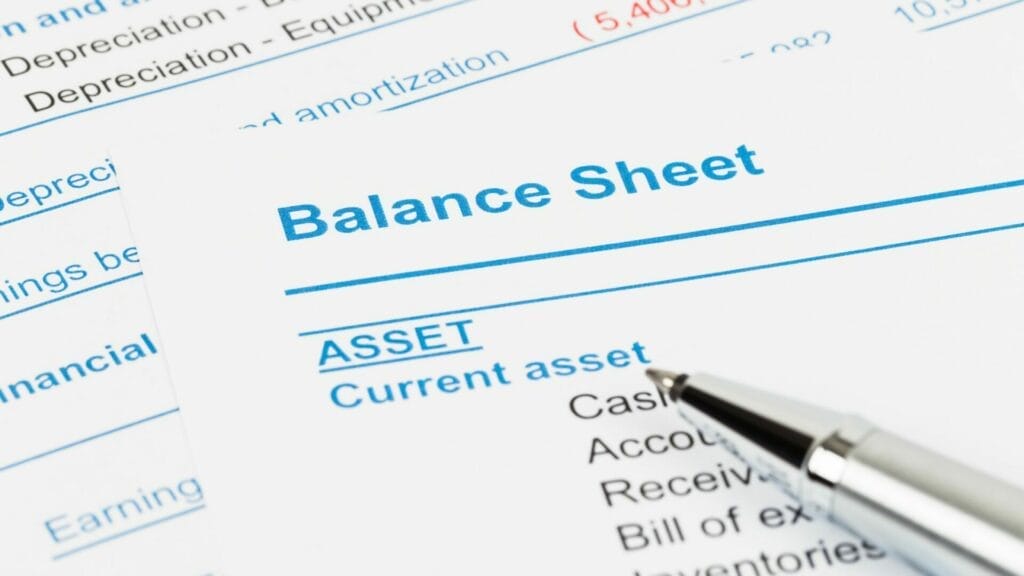
Table of Contents
Key Takeaways
- Accumulated depreciation is a contra-asset account on the balance sheet that records and reduces fixed assets’ book value over time, including CRE properties, to reflect their depreciation. However, it is neither classified as an asset nor a liability.
- In CRE, depreciation methods, like straight-line and declining balance, depend on the nature of the property, with each method offering a different approach to expensing asset cost over its useful life.
- Understanding accumulated depreciation is crucial in CRE asset management, tax reporting, and business planning. It indicates the depreciated value of properties, thus impacting tax liabilities and informing decisions on property replacement, redevelopment, and disposal.
Understanding the Nature of Accumulated Depreciation in CRE
Accumulated depreciation refers to a contra-asset account that reduces the value of fixed assets like buildings and land improvements, which typically have longer useful lives and are subject to different depreciation rates. This account is key in reflecting the diminishing value of CRE assets over time due to wear, tear, and obsolescence.
Accumulated depreciation is reported in the asset section of a balance sheet, alongside the corresponding fixed assets, to prove the diminished value of these assets resulting from depreciation over time.
Instead of being categorized as an asset, accumulated depreciation is classified as a contra-asset account. Regular depreciation refers to the wear and tear over a specified period, such as the annual depreciation expense, whereas accumulated depreciation reflects the total depreciation the asset has accrued since its acquisition.
The amount of accumulated depreciation for an asset increases over time due to the recording of annual depreciation expenses, which captures the cumulative effect of the asset’s usage and age.
Contra Asset Account: More Than Just Negative Space
In CRE accounting, accumulated depreciation minimizes the book value of properties and records the total depreciation incurred. This is vital for accurately representing a property’s value, particularly in scenarios of resale or refinancing.
By decreasing the net book value of assets, accumulated depreciation indicates the depreciation of assets over time. Understanding asset accounts, such as accumulated depreciation, is key for accurate financial reporting.
Neither classified as an asset nor a liability on the balance sheet, accumulated depreciation holds a different position. Instead, it represents the total depreciation expense allocated to a long-term asset over its useful life.
Its function on a balance sheet is to offset the positive balance of a corresponding asset account. By doing so, it provides a more accurate representation of the asset value after accounting for factors such as depreciation.
The Lifecycle of Fixed Assets and Depreciation
Fixed assets go through various stages, including:
- Planning
- Acquisition
- Consumption and depreciation
- Operation
- Repair
- Maintenance
- Disposal
In the CRE lifecycle, accumulated depreciation signifies the cumulative depreciation of property, influencing decisions related to renovations, redevelopments, or sales. It’s key to determining the right timing for these strategic moves.
The depreciation expense over the useful life of an asset is monitored and gathered in an accumulated depreciation account, where it’s systematically recorded. This systematic recording helps businesses track the value of their assets and make informed decisions about asset management and investment strategies.
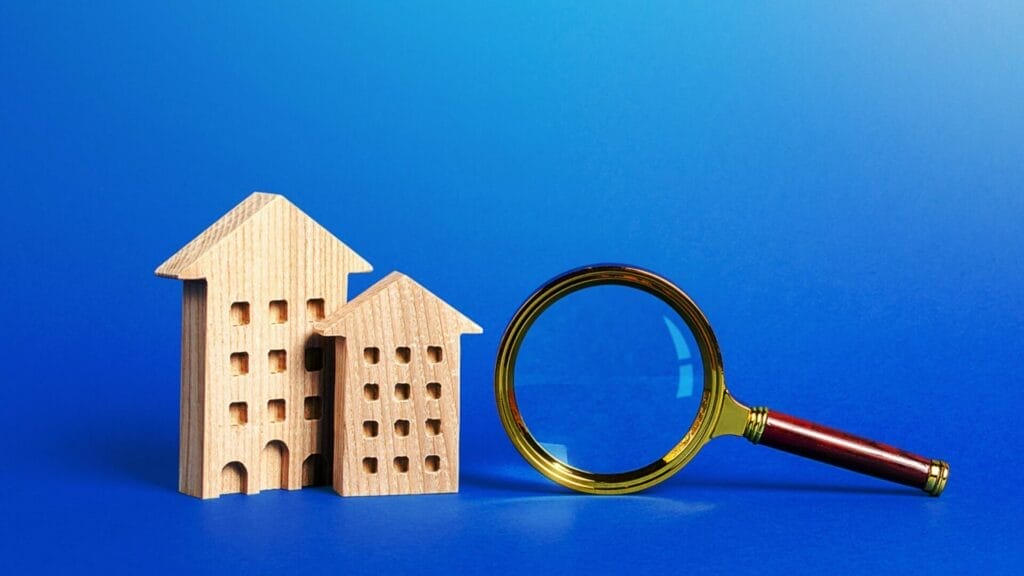
The Interplay Between Accumulated Depreciation and Asset Value
Accumulated depreciation impacts the net book value of CRE properties. It is typically indicated as a deduction from the property’s initial cost, thereby influencing investment decisions and property performance evaluations in the CRE market.
Helping reduce the gross amount of fixed assets reported below the line for related capitalized assets, accumulated depreciation is typically recorded on the balance sheet as a contra-asset. By doing so, it provides a more accurate representation of the asset value after accounting for factors such as depreciation.
From Original Cost to Net Book Value: A Journey
The journey from the original cost to the net book value of an asset involves the following steps:
- Deducting the accumulated depreciation from the initial cost of the asset.
- The initial cost associated with asset depreciation refers to the asset’s original purchase price, serving as the basis for depreciation calculations.
- Over time, accumulated depreciation reduces this initial cost, thereby influencing the asset’s net book value.
As it shows the total amount of depreciation recorded over time, accumulated depreciation holds an important role in determining the net book value of an asset. This amount is subtracted from the original cost to accurately reflect the asset’s current value.
Understanding the journey from the original cost to the net book value is essential in CRE. Accumulated depreciation reduces the initial cost, influencing the property’s net book value, which is crucial in real estate investment and asset management strategies.
How Accumulated Depreciation Influences Financial Statements
In CRE, accumulated depreciation is key in presenting a realistic view of a company’s financial position, considering the significant value of real estate assets on balance sheets. It influences the net income reported and, thus, the company’s overall financial health.
In terms of financial reporting, to calculate accumulated depreciation involves summing up all the depreciation expenses recorded for a fixed asset since it was put into use, and then presenting this total amount on the company’s balance sheet.
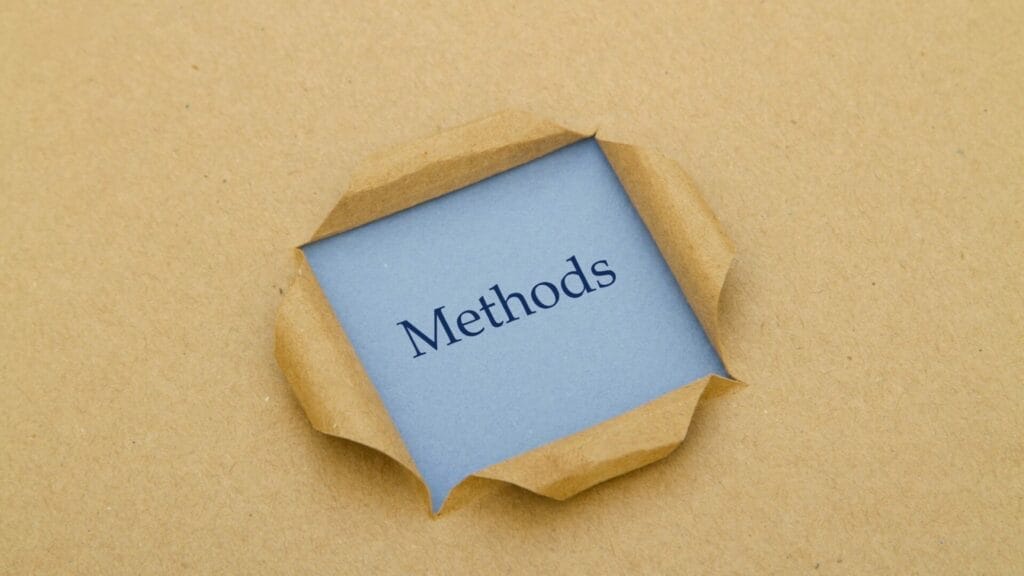
Calculating the Diminishing Value: Methods to Determine Accumulated Depreciation
In CRE, accumulated depreciation can be calculated using methods like the straight-line method, particularly relevant for buildings, which guarantees a consistent and predictable pattern of depreciation over the property’s life.
Accumulated depreciation can be calculated using several techniques, including:
- The straight-line method
- The declining balance method
- The sum-of-the-years’ digits (SYD) method
- The units of production method
The method chosen depends on the nature of the asset and the specific circumstances of the business. Understanding these different methods is important for businesses as it allows them to accurately calculate the depreciation of their assets and to make informed decisions regarding asset management and financial planning.
There are different methods for calculating depreciation, including:
- The straight-line method, which evenly distributes depreciation over the asset’s useful life.
- The units of production method, which bases depreciation on the asset’s usage or production.
- Accelerated depreciation methods, like the declining balance method, are deemed appropriate for assets that experience rapid depreciation, such as technological products or vehicles.
Straight Line Method: Spreading Out Asset Cost
In the straight-line method of accounting, the asset’s salvage value is deducted from the purchase price to determine a depreciable base, which is then evenly distributed over the anticipated useful life of the asset. The annual depreciation is determined by subtracting the expected salvage value from the cost of the asset and dividing that by the expected years of use.
This method is widely used across various industries for the depreciation of assets that exhibit predictable and steady use over time. Its advantages include:
- Simplicity
- Consistent and uniform depreciation expenses throughout the asset’s useful life
- Support in enhancing the planning and budgeting processes for businesses.
Declining Balance Method: Accelerating the Expense
Based on the assumption of higher depreciation in the initial years of an asset’s life, the declining balance method applies a progressively declining rate each year. The double declining balance method further accelerates this by depreciating the asset at twice the rate of the standard declining balance method.
This method is especially applicable for assets that experience rapid depreciation, such as technological products, vehicles, or assets influenced by regulatory changes.
For instance, if a company possesses an asset initially valued at $10,000 and employs a 20% declining balance method, in Year 1, the company would acknowledge $2,000 of depreciation. In Year 2, the asset’s book value would be $8,000, so the company would acknowledge $1,600 of depreciation.

The Distinction Between Accumulated Depreciation and Other Accounting Terms
Unlike other accounting terms like depreciation expense and liabilities, accumulated depreciation has its distinct nature. Depreciation expense represents the decline in value of an asset within a particular timeframe, such as a quarterly or annual report, whereas accumulated depreciation is the total sum of all depreciation expenses recorded since the acquisition of the asset.
It’s also worth noting that accumulated depreciation is neither an asset nor a liability. It is a contra-asset account that diminishes the book value of the assets it refers to, indicating their depreciation over time. This distinction is vital in understanding the role of accumulated depreciation in financial reporting and asset management.
Depreciation Expense vs. Accumulated Depreciation: Periodic Costs vs. Cumulative Totals
Though depreciation expense and accumulated depreciation may seem similar at first glance, they hold distinct roles in accounting. Depreciation expense represents the cost of using assets over time, while accumulated depreciation reflects the total depreciation expense recorded over the asset’s life.
Depreciation expense shows the recurring cost of an asset, whereas accumulated depreciation explains the total depreciation recorded from the asset’s acquisition. While depreciation expense is reported on the income statement as a regular business expense, accumulated depreciation is presented on the balance sheet as a cumulative total representing the sum of all recorded depreciation expenses over time.
Accumulated depreciation impacts the value of an asset over time. It grows over time as depreciation expenses are consistently recorded, indicating the declining value of the asset in consideration. This allows businesses to have a clear and accurate picture of the value of their assets over time.
Is Accumulated Depreciation Classified as a Liability?
Accumulated depreciation is not considered a liability, despite its impact on the net book value of an asset. This is because it does not represent a future financial obligation. Instead, it reduces an asset’s book value, indicating its depreciation over time.
In accounting, a liability shows an obligation that a person or entity is responsible for, typically involving a monetary amount or the provision of goods and services. Contra-assets, on the other hand, are designed to decrease the balance of a fixed or capital asset, maintaining a credit balance.
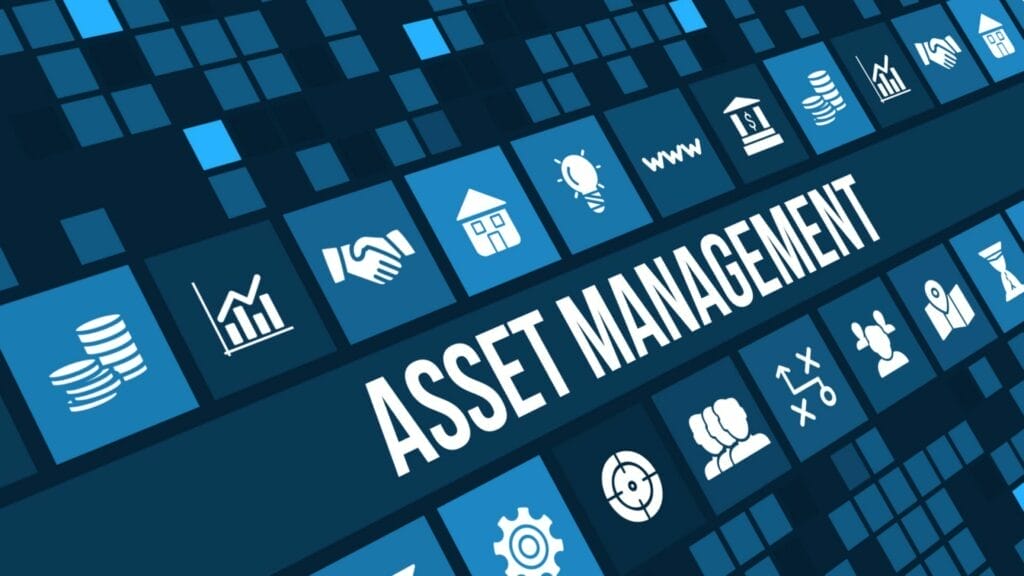
Practical Implications for CRE Asset Management
Understanding accumulated depreciation is crucial in CRE for tax reporting and strategic planning. It informs decisions on property improvements, budgeting, and timing for disposal or replacement, ensuring optimal asset management.
Understanding accumulated depreciation also impacts business planning and decision-making. It gradually reduces the value of assets, allowing companies to precisely assess the worth of their assets and make well-informed decisions regarding asset management and investment strategies.
The Impact on Tax Reporting and Business Planning in CRE
Accumulated depreciation in CRE plays a significant role in tax planning. It helps strategically manage tax liabilities, influence property tax assessments, and shape tax-efficient real estate investment strategies.
Understanding accumulated depreciation contributes to effective business planning by providing insight into the financial position of assets, which informs purchasing decisions and helps strategic tax planning, making sure of an accurate representation of asset values over time.
It also improves the planning for asset replacement by:
- Illustrating the rate at which assets are depreciating
- Helping businesses to plan for future asset replacements or upgrades
- Guaranteeing timely reinvestment in necessary assets
When Selling a CRE Asset: Considering Accumulated Depreciation
In CRE transactions, accumulated depreciation is key in determining the gain or loss from a property sale. It guides businesses in making informed financial decisions and managing cash flows effectively during asset disposals.
In order to calculate the gain or loss on the sale of an asset, it is necessary to:
- Deduct the accumulated depreciation from the asset’s original cost to establish its book value.
- Compare the book value to the sale price.
- The resulting difference indicates a gain if the sale price is higher, or a loss if it is lower.
Accumulated depreciation can have several impacts on a company’s cash flow, including:
- Decreasing the tax burden, which could result in higher effective cash flow from the sale of assets
- Providing a more accurate representation of the asset’s value on the balance sheet
- Helping businesses make well-informed financial decisions and effectively manage their assets
Understanding these implications is key for businesses to effectively manage their assets and make well-informed financial decisions.
Summary
Accumulated depreciation is important in financial reporting and asset management when dealing with commercial real estate. As a contra-asset account, it diminishes the value of fixed assets over time, reflecting their wear and tear.
Various methods, such as straight-line and declining balance, are used to calculate accumulated depreciation, each suitable for different types of assets. Accumulated depreciation is distinct from other accounting terms like depreciation expense and liabilities, and it has practical implications for tax reporting, business planning, and asset sales. This is not intended to be tax advice and is to be used to educational purposes only, please consult your tax professional as everyone’s situation is different.
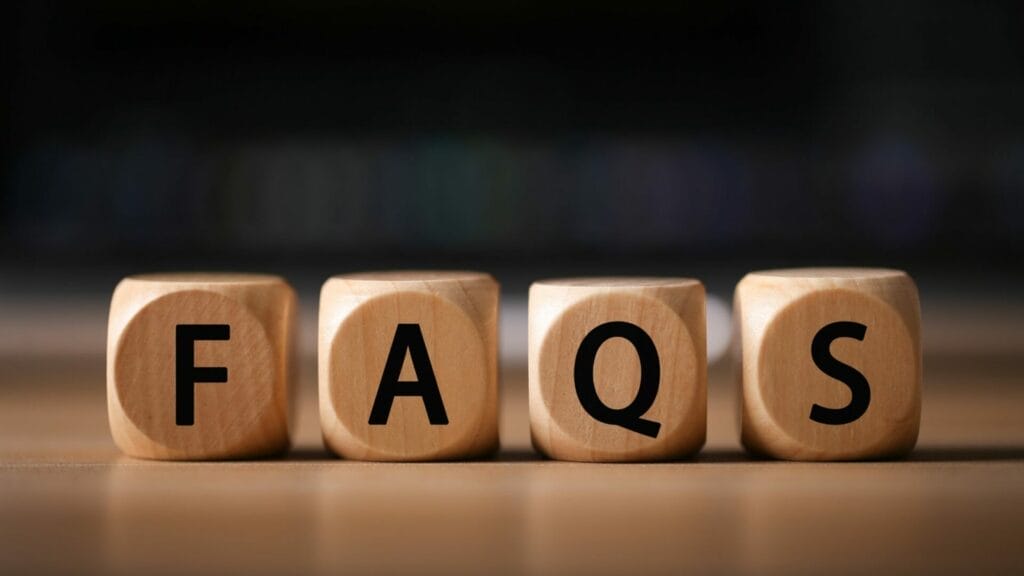
Frequently Asked Questions
Is Accumulated depreciation a liability or asset?
Accumulated depreciation is not classified as an asset or liability, but as a contra-asset account that reduces the value of the corresponding asset on the balance sheet. Therefore, it is neither an asset nor a liability.
Is depreciation an asset or an expense?
Depreciation is listed as an expense on the income statement, reflecting the depreciation charged to the expense for the income reporting period. Therefore, it is considered an expense rather than an asset.
How do you balance accumulated depreciation?
To balance accumulated depreciation, you should add the depreciation expense recorded in each period to the beginning accumulated depreciation balance. The asset’s carrying value on the balance sheet is the difference between its historical cost and accumulated depreciation.
How does accumulated depreciation impact tax reporting and business planning?
Accumulated depreciation impacts tax reporting and business planning by reducing tax liability, allocating asset costs over time, and decreasing taxable income. This ultimately aids in asset replacement planning and lowers the amount of tax owed.
About The Author

Jesse Shemesh
Disclaimer
Please note that Point Acquisitions is not a tax expert or tax advisor. The information on our blogs and pages is for general informational purposes only and should not be relied upon as legal, tax, or accounting advice. Any information provided does not constitute professional advice or create an attorney-client or any other professional relationship. We recommend that you consult with your tax advisor or seek professional advice before making any decisions based on the information provided on our blogs and pages. Point Acquisitions is not responsible for any actions taken based on the information provided on our blogs and pages.
1031 Exchange Capital Gains Tax Deferral
According to a 2021 report by the National Real Estate Exchange Services (RES), over 240,000 1031 exchange transactions were completed in the United States, totaling $100 billion. This impressive figure underscores the role of 1031 exchanges in the real estate…
Read More1031 Exchange Benefits
As of Q4 2023, the national vacancy rate for all commercial property types in the United States sat at 9.2%, according to CBRE’s latest insights and research. This represents a slight decrease compared to the previous quarter and suggests a…
Read More1031 Exchange Legal Considerations: A Must-Read Guide
You’re in the right place if you’re considering a 1031 exchange for your commercial real estate investments. Whether you’re a seasoned investor or just dipping your toes into the market, understanding the legal landscape of 1031 exchanges is key to…
Read More

